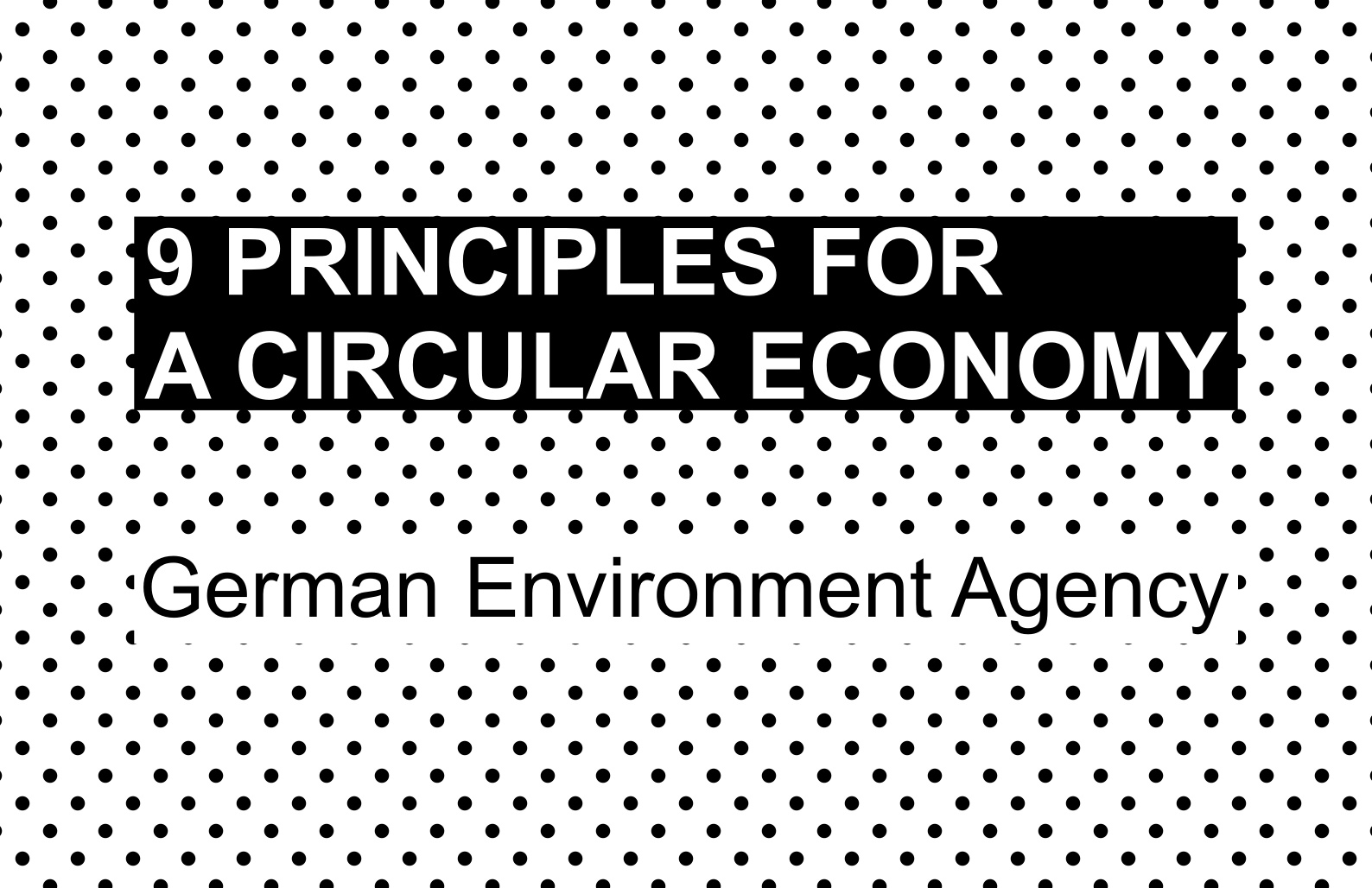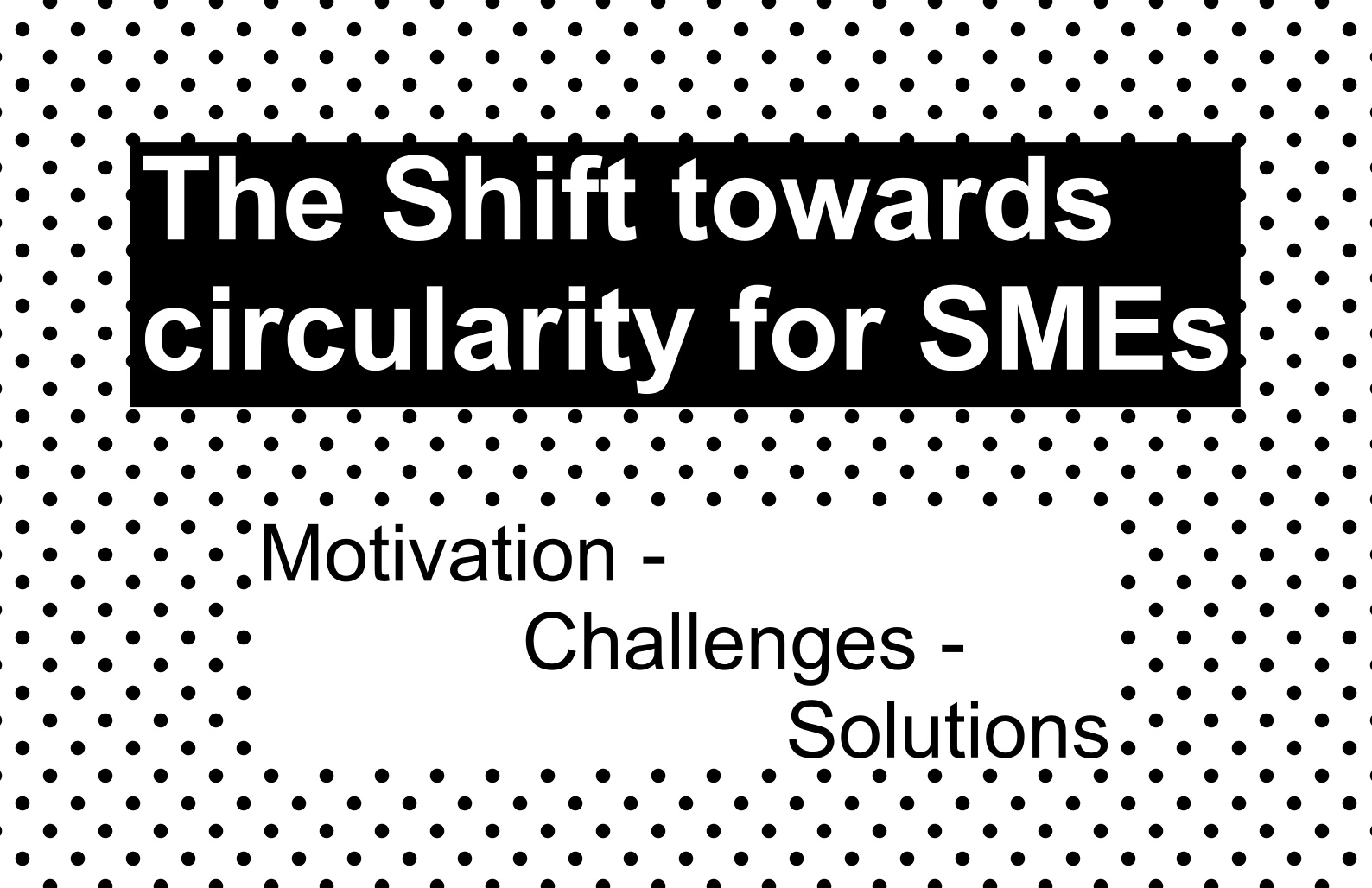Circular Economy - what do we mean?
In its first Action Plan (2015) on the circular economy, the European Commission refers to a
"circular economy, where the value of products, materials and resources is maintained in the economy for as long as possible, and the generation of waste minimised."
A recent Swedish-Finnish academic study by Journi Korhonen and colleagues (2018) defines Circular Economy as follows:
"Circular economy is an economy constructed from societal production-consumption systems that maximises the service produced from the linear nature-society-nature material and energy throughput flow. This is done by using cyclical materials flows, renewable energy sources and cascading-type energy flows. Successful circular economy contributes to all the three dimensions of sustainable development. Circular economy limits the throughput flow to a level that nature tolerates and utilises ecosystem cycles in economic cycles by respecting their natural reproduction rates."
Max Marwede is a researcher at Fraunhofer IZM and Technische Universität Berlin (a partner of EcoDesign Circle 4.0 project). He is an active proponent of the Circular Economy and explained in an interview:
"A circular economy is the economy of closed material loops, which keep products alive for as long as possible through repair and maintenance, re-use, and remanufacturing. The idea is to try and avoid having to produce more new goods. [...] The circular economy as it is understood around the world revolves around combining business development and product design to keep a product going for as long as possible and creating value from the resources you invested across the entire lifecycle of the product."

Strategies for Circularity or: The World of RE's
based on Potting et al., 2017 and Reike et al., 2018











About Circular Business Models
Further Reading Materials

The Knowledge Alliance on Product-Service Development towards Circular Economy and Sustainability in Higher Education (short Katch-e) developed training materials that follow a problem-based, multidisciplinary learning approach, connecting designers, engineers and other relevant stakeholders. For example, read the module on "Introduction to Circular Economy". Register and get access to all training materials.

The nine principles are meant to give some orientation when implementing a circular economy and serve as a common denominator – regardless of whether it is interpreted as a strategy, vision, approach to a solution, design principle or a policy area.

Onepager that shortly illustrates why and how to change to circular business offers.














